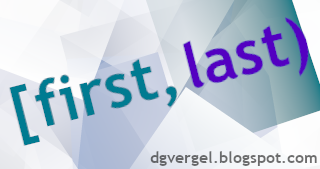This series of posts provides a brief introduction to some of the most commonly used algorithms, views, and actions of the library. It is written entirely in Spanish, in part to mitigate the lack of educational materials on modern C++ currently available in my native language. Many of the codes are nevertheless self-explanatory, and I hope, may be of interest to a broader audience.

Range-v3: An Introduction to the Library
by Daniel G Vergel
About the series
As an Associate Professor at the European University (Madrid, Spain), I decided to integrate C++17/20 and the Range-v3 library into my teaching materials to build a more interesting and up-to-date syllabus for my courses. The adoption of a functional style of coding has helped me produce better and more expressive code, making my students' first approach to system programming easier.
- Examples 1 (generate_n, group_by, sort, to) and 2 (filter)
- Examples 3 (enumerate, shuffle, take, zip) and 4 (intersperse, tokenize)
- Examples 5 (getlines, transform) and 6 (iota, set_difference, split_when)
- Example 7 (stable_partition, subrange)
- Example 8 (concat, drop, generate, take_while)
- Examples 9 (cycle) and 10 (keys, values)

Add a Comment